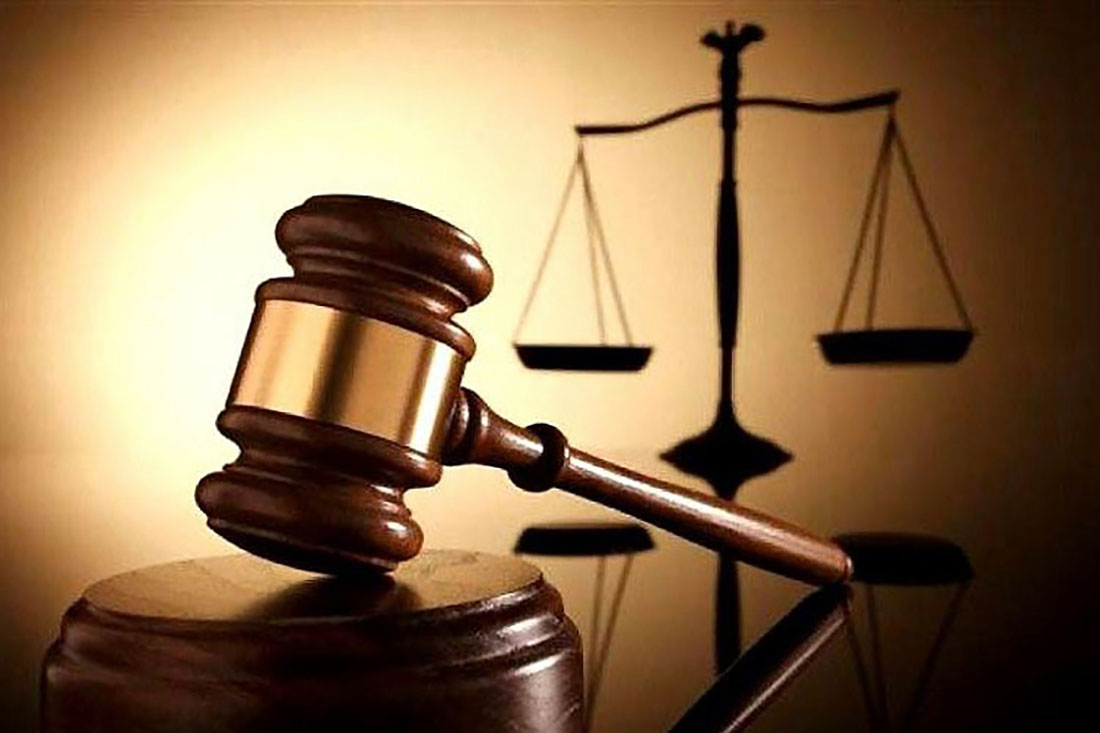The process of introducing colonial structures and the Spanish administration of justice in Cuba occurs gradually, from the very arrival of Christopher Columbus until the creation of the first bar associations on the Island, specifically in Havana and Puerto Príncipe -by order of King Ferdinand VII in 1819.
Likewise, he determined the number of colleges that could be included in each of the territories, and indicated that they would be governed by statutes drawn up by themselves, after prior review and approval by the Royal Court.
A clear background
Said decision —which had as antecedent in 1799 the transfer to Puerto Príncipe of the previously mentioned Royal Audience of Santo Domingo, a year later, in June 1800, after a brief location in Santiago de Cuba, which had jurisdiction in all of Cuba and in the Spanish territories of Louisiana and San Agustín de la Florida—constitutes the justification for some authors to allege that at the end of the 18th century the professional sector of the legal profession began to take shape on the Island, with the subsequent creation of the Camagüey Bar Association.
Puerto Príncipe Bar Association
The Royal and Illustrious Bar Association of the always faithful, very noble, loyal city of Puerto Príncipe -which would be called indistinctly, as the researcher José Fernando Crespo Baró expresses it, Academy of Practical Jurisprudence, to simultaneously function in the building that the Court occupied – It was founded on May 26th, 1831, with its own statutes inspired by the Madrid model.
Initially it was made up of 24 members; although later all those who were interested and met the rigid statutory requirements were admitted to their ranks.
Emergence of new schools
In 1842 the schools of Santiago de Cuba and Trinidad-Remedios-Sancti Spíritus were created. Ten years later, in 1852, based on political reasons, the Havana Bar Association was established; although it was closed quickly, by decision of the Captain General of the Island, also alleging political reasons.
The foregoing may be based on the distrust of Spaniards towards legal professionals registered for the exercise, because they were aware that centers were established in them where an intelligentsia permeated by the most liberal political ideas of the time met.
Their concern is not in vain, if we take into account that several of the pro-independence leaders were lawyers and were members of the constituted associations of that period, such as Carlos Manuel de Céspedes, Ignacio Agramonte and Perucho Figueredo.
In this way we understand that these schools constituted one of the platforms on which the independence ideas were conceived.
Bibliography:
– Camilo Momblanc, Liuver y Zoe Cisneros Aldana. La abogacía en Cuba: pasado y actualidad a 50 años de la creación de los bufetes colectivos. LEX N° 16 – AÑO XIII – 2015 – II.
– Crespo Baró, José Fernando. El colegio de Jurisprudencia de Puerto Príncipe: Plantel para desarrollar el pensamiento. www.ohcamaguey.cu.
– Puertas Abiertas a nuestras raíces. www.tsp.gob.cu.
Traslated by: Aileen Álvarez García






